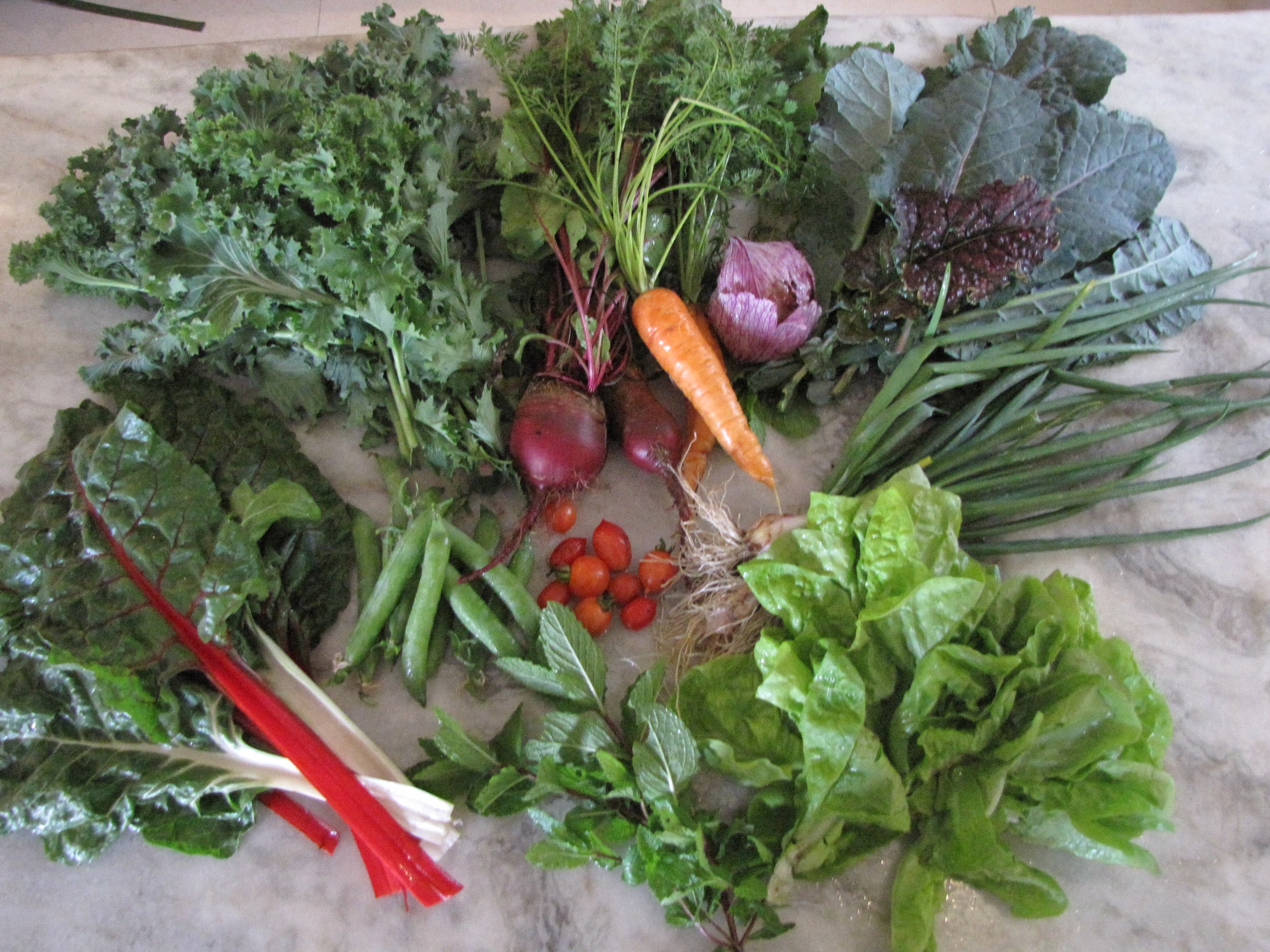Advisory Board Spotlight- Dr. Elaine Ingham
Dr Elaine Ingham
Spero and I would like to introduce you to all of the amazing folks on our Advisory Board, one at a time. We could not begin with anyone other than Dr. Elaine Ingham, the American soil microbiologist who’s integrity, curiosity, intelligence & hard work has been the inspiration for all of our Living Soil adventures.
Dr. Ingham has advanced our knowledge about the soil food web for over four decades. Widely recognized as the world’s foremost soil biologist, she’s passionate about empowering ordinary people to bring the soils in their community back to life. Dr. Elaine’s™ Soil Food Web Approach has been used to successfully restore the ecological functions of soils on six continents, and has been implemented, to varying degrees, on approximately 50 million acres world wide. Founder of the Soil Food Web School, she helps people begin a meaningful and impactful career in an area that will help secure the survival of humans and other species.
A Personal Story From Our Time in India~ Spero and I had been living in a rural Indian village, in the foothills of the Himalayas, for four years before we decided to start a farm. In those first four years, we subsisted on white rice, cabbage, cauliflower and potatoes. Our market was at the end of the distribution route, 150 miles away from the Punjab, where the vegetables were grown. The vegetables were not refrigerated during any aspect of storage, transportation & sale. So, the few vegetables that came to us were usually already turning black and limp. The most nourishing aspect of our diet was the raw milk from our neighbor’s cow, which we received fresh daily. On rare occasions, a neighbor would sell us some of their local eggs, which had gloriously orange yolks. The eggs sold in the market had whitish-grey yolks.
One morning, excited to find fresh cilantro, I placed the huge bundle I had just purchased into a bowl of cold water to rehydrate it. Only when I pulled the cilantro out of the bowl, to begin chopping it, did I notice that the water was now a vibrant blue green color. The vegetable seller had soaked the cilantro in aniline dye prior to bringing it to market. Another morning, I returned with clear plastic bags of rice and dal, which the shop keeper had scooped out of large bulk bins. While putting away my purchases, I noticed a fine white powder in each of the bags. I returned to ask the shop keeper about the powder. He said, “bugs” in Hindi. My worst fears were confirmed, he had put insecticide into the bulk bins to keep the bugs from eating his dried goods. Each day we learned more about just how toxic Indian agriculture had become. We were surrounded by small kitchen gardens and terraced fields of grains, but each family ate what they grew. There was nothing extra to sell, and we were hungry.
Somehow, we managed to convince a neighbor to lease us some land directly across the street from our house. The soil was heavily compacted clay, and the growing conditions were tough. The monsoon season brought 10-15 feet of rain over three months, and were sandwiched by drought in spring, summer and fall. Winter was gray, cold and wet. The first carrots we planted grew one inch down and then shot out many legs sideways. People told us that daikon radish would break up compaction, but ours grew 12-16 inches above the ground. They just couldn't penetrate that clay. Then one day, the teacher of an online permaculture course, that Spero was taking, said, "If you really want to understand soil biology, you have to study with Dr. Elaine Ingham". That began Spero's journey with Dr. Ingham's teachings and methods. Within 12 months, the microbes broke up the clay, forming the micro and macro aggregates that create the soil sponge, while feeding all the micronutrients in that dense clay to our vegetables. I had never before, nor have I since, eaten so well. Our food was crazy delicious!
Produce from Shri Farm, Bir India


